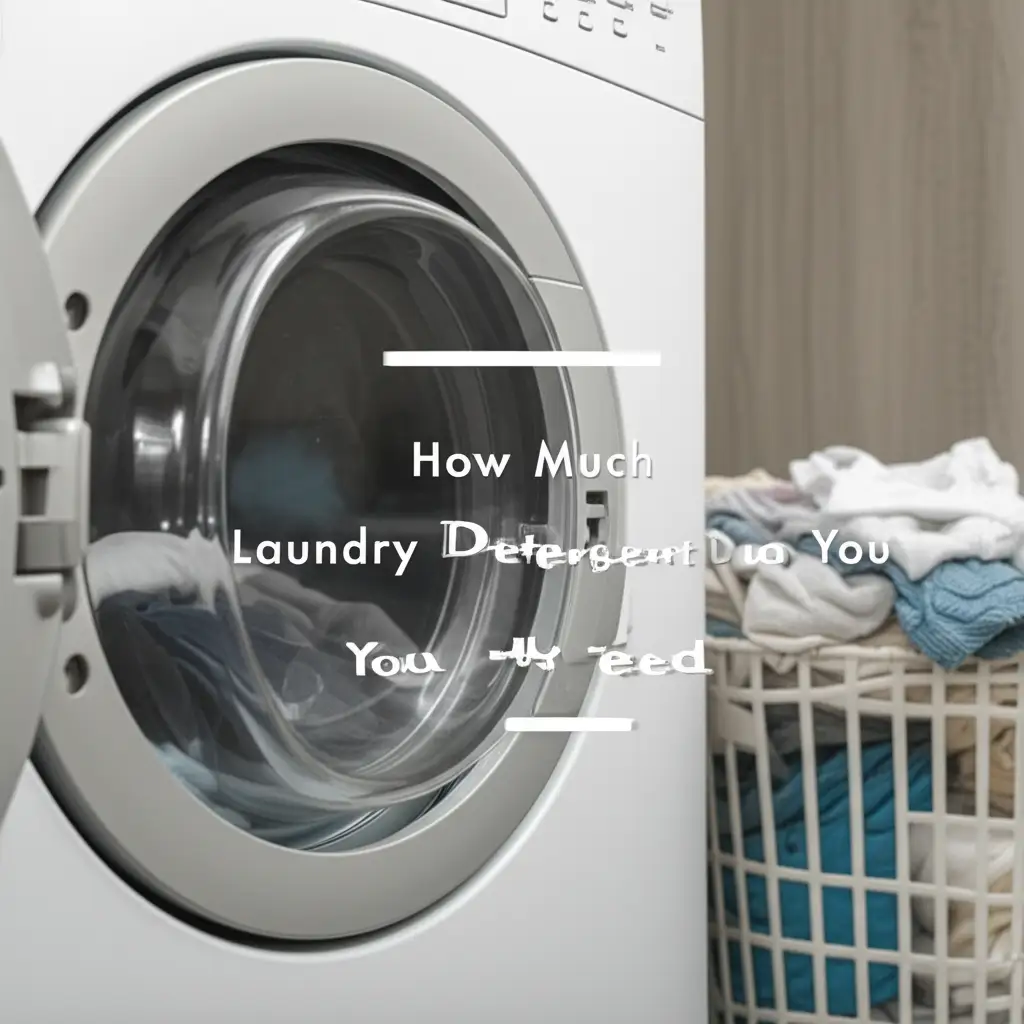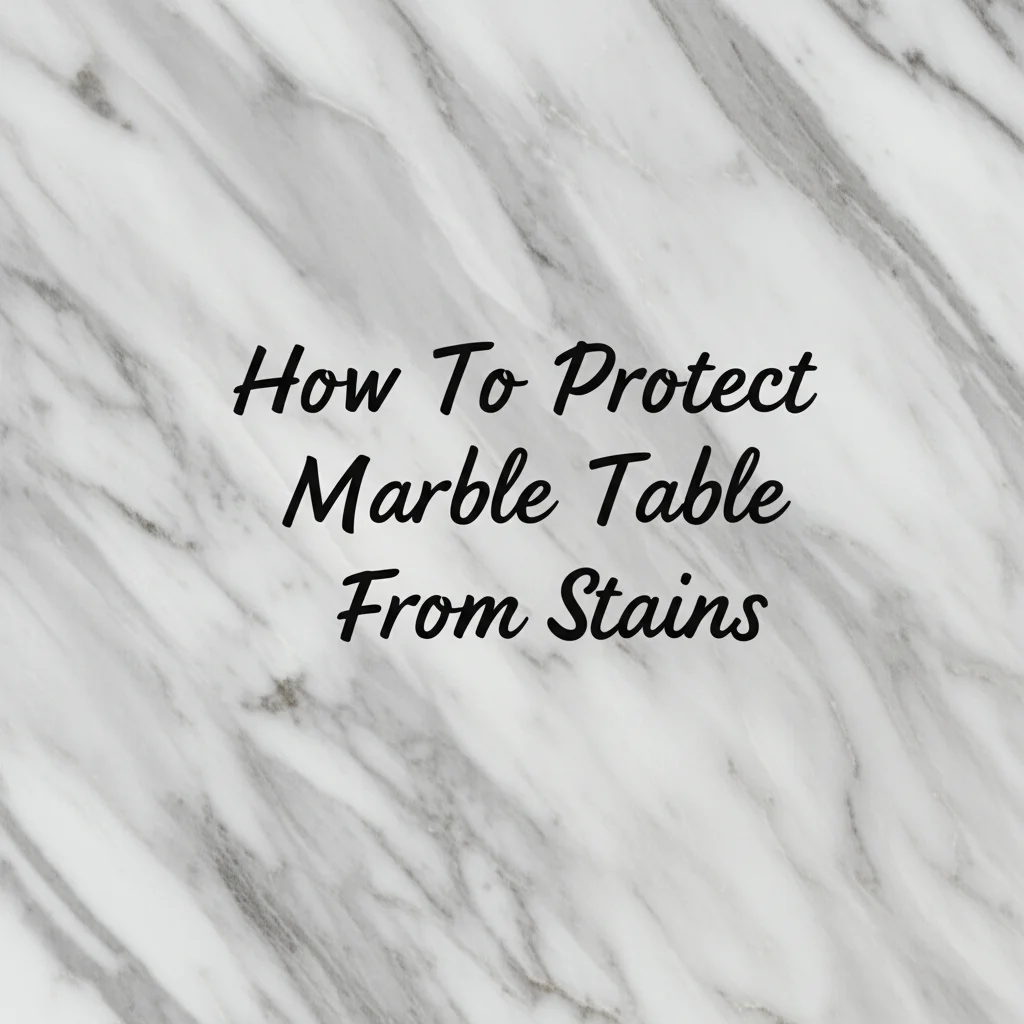· Todd Martin · Home Care · 10 min read
How To Protect Velvet Chairs

Safeguard Your Velvet Chairs
Velvet chairs bring luxury and comfort into any space. Their soft, plush texture adds elegance to your home decor. However, velvet is a delicate fabric. It requires special care to maintain its beauty. Protecting your velvet chairs from daily wear, spills, and damage is important. This guide gives you simple steps. You will learn how to keep your velvet chairs looking new. We will cover routine care, spill prevention, and long-term protection.
Takeaway
Protecting velvet chairs involves consistent effort.
- Place chairs away from direct sunlight and heat.
- Implement regular dusting and gentle brushing.
- Address spills immediately with blotting.
- Consider applying a professional-grade fabric protector.
- Manage pet interactions with covers or training.
- Schedule professional cleaning for deep maintenance.
To protect velvet chairs, consistently apply preventive measures. Regularly dust them, address spills immediately by blotting, and use appropriate fabric protectors. Place chairs away from direct sunlight and heat sources. Manage pet contact effectively. These steps keep velvet looking beautiful for a long time.
Understanding Velvet’s Unique Texture and Vulnerabilities
Velvet is a fabric known for its dense pile and soft feel. It gets its unique look from cut threads evenly distributed. These threads create a short, dense pile. This pile gives velvet its distinct shimmer and smooth touch. However, this structure also makes velvet susceptible to certain types of damage.
The pile can easily crush, leading to pressure marks or flattened spots. These marks are often visible where people sit. Spills also pose a significant threat. Liquids can quickly soak into the pile, leaving noticeable stains. Dirt and dust can settle deep within the fibers. This dulls the fabric’s vibrant appearance over time. Additionally, velvet can fade if exposed to direct sunlight. This sun exposure breaks down the dye and fibers. Understanding these vulnerabilities helps us protect velvet effectively. It explains why specific care methods are necessary for this luxurious material.
Strategic Placement for Optimal Velvet Chair Protection
The location of your velvet chairs significantly affects their longevity. Thoughtful placement prevents common types of damage. Sunlight is a major enemy of velvet. Direct exposure can cause the fabric to fade quickly. This fading often happens unevenly, leaving unsightly discolored patches. I always make sure my velvet pieces are not directly in front of a window. If that is unavoidable, I use curtains or blinds to block intense sun rays during peak hours. This simple step preserves the fabric’s original color.
Heat sources also pose a risk to velvet. Radiators, fireplaces, and heating vents can dry out the fibers. This makes them brittle and more prone to cracking or tearing. Keep your velvet chairs a safe distance from these heat emitters. Similarly, high-traffic areas increase wear and tear. Placing velvet chairs in a quiet corner or formal living room minimizes friction. Heavy use can flatten the pile and create worn spots. Choose a spot where your beautiful velvet chairs can be admired without constant rough contact. This proactive approach to placement extends the life and beauty of your furniture.
The Power of Regular Maintenance for Velvet Chairs
Consistent, gentle care is the cornerstone of velvet chair protection. Daily and weekly routines prevent dirt buildup and maintain the fabric’s texture. Dust is a velvet chair’s subtle enemy. It settles deep into the pile, making the fabric look dull. I use a soft-bristle brush or a vacuum cleaner with an upholstery attachment for regular dusting. Gently brush the velvet in the direction of the pile. This removes loose dust and helps fluff up the fibers. For vacuuming, use a low suction setting. Move the attachment lightly over the surface.
This routine also helps to prevent matting. Velvet pile can become flattened with use. Regular brushing lifts the fibers and restores the plush look. It also makes the fabric feel softer. I perform this quick maintenance a few times a week. It takes only a few minutes. This consistent effort prevents minor issues from becoming major problems. Regular care keeps your velvet chairs vibrant and inviting. It is a small investment of time for a big return in furniture longevity.
Shielding Velvet Chairs from Spills and Stains
Spills are an immediate threat to velvet chairs. The fabric’s porous nature allows liquids to absorb quickly. This makes prompt action critical for stain prevention. My first rule is always to blot, never rub. Rubbing a spill can push the liquid deeper into the fibers. It can also spread the stain. Instead, use a clean, white cloth or paper towel. Gently press down on the spill to absorb as much liquid as possible. Continue with fresh parts of the cloth until no more liquid transfers.
For stubborn spots, a mild cleaning solution may be necessary. Always test any cleaning product on an inconspicuous area first. This checks for colorfastness. You can make a simple solution with a few drops of mild dish soap and distilled water. Dampen a clean cloth with the solution. Lightly blot the stained area. Do not oversaturate the velvet. Rinse by blotting with a clean, damp cloth. Then, allow the area to air dry completely. For general velvet cleaning, knowing how to clean velvet is very useful. If you have a velvet couch, these principles also apply, so check how to clean a velvet couch for more tips. Swift action and gentle technique save your velvet from permanent marks.
Applying Fabric Protectors to Velvet Upholstery
Fabric protectors add an invisible shield to velvet chairs. These products create a barrier on the fabric’s surface. This barrier makes it harder for liquids to penetrate. Spills bead up, giving you more time to clean them. This extra time is crucial for delicate velvet. I recommend choosing a protector specifically designed for upholstery. Some products are water-based, others are solvent-based. Read the product instructions carefully. They usually specify if the protector is safe for velvet.
Before applying any protector, ensure your chair is clean and dry. Always perform a patch test first. Spray a small, hidden area of the chair, like the back or underside. Let it dry completely. Check for any discoloration or texture changes. If it passes the test, apply the protector evenly across the entire velvet surface. Hold the can at the recommended distance. Use light, even coats. Avoid over-saturating the fabric. Allow the chair to dry fully before use. Some protectors require multiple coats or a specific drying time. Reapply the protector periodically, as its effectiveness may diminish over time. This protective layer is a strong defense against everyday spills and stains, similar to how one might protect other upholstered items like how to protect fabric dining chairs.
Guarding Velvet Chairs Against Pet Damage
Pets can be a significant source of wear and tear on velvet chairs. Their claws can snag and pull threads. Their fur can cling to the velvet pile. Pet accidents also pose a risk of stubborn stains and odors. However, you do not need to choose between pets and velvet furniture. There are effective strategies to protect your chairs. One simple solution is to use furniture covers. These covers can be stylish throws or fitted slipcovers. They provide a barrier against claws, fur, and spills. I often drape a washable blanket over my velvet chairs when my pets are around. This protects the original fabric from direct contact.
Regular vacuuming helps remove pet hair. Use an upholstery attachment with a low suction setting. Grooming your pets regularly also reduces shedding. Keep your pet’s nails trimmed. Shorter nails are less likely to snag the delicate velvet fibers. Consider placing scratch posts near your velvet chairs as an alternative. This redirects your pet’s scratching instinct. Training your pets to stay off the furniture is also an option. This requires consistency. Some pet owners use natural deterrent sprays, but always test these on an inconspicuous area first. Protecting velvet from pets requires a multi-faceted approach. These methods allow you to enjoy both your pets and your beautiful velvet chairs, just as one might learn how to protect leather sofa from pets.
Advanced Care and Professional Cleaning for Velvet Chairs
While daily maintenance is vital, velvet chairs also benefit from advanced care. Sometimes, deeper cleaning is necessary. Regular spot treatments handle small issues. However, over time, general grime can accumulate. This makes the velvet look dull. This is when professional cleaning becomes valuable. Professionals have specialized equipment and knowledge. They understand how to clean delicate fabrics like velvet without causing damage. They use gentle cleaning methods that preserve the pile and color.
When to call a professional depends on usage. High-traffic chairs might need professional cleaning every 1-2 years. Chairs in formal areas might only need it every 3-5 years. Look for cleaners experienced with velvet upholstery. Ask about their cleaning process. They might use dry cleaning methods or very low-moisture techniques. These methods avoid saturating the velvet. Saturating velvet can lead to watermarks or shrinkage. A professional can also reapply fabric protector after cleaning. This restores the chair’s resistance to future stains. Investing in professional care extends the life and beauty of your velvet chairs significantly. It ensures your cherished furniture remains a stunning focal point in your home.
FAQ Section
Can I use a normal fabric protector on velvet?
Always choose a fabric protector specifically designed for upholstery. Test it on a hidden area first. Some general protectors may not be suitable for velvet’s delicate pile. They might alter the texture or color. Look for products that state “safe for delicate fabrics” or “upholstery safe.”
How often should I clean my velvet chairs?
For light use, weekly dusting and brushing are enough. Address spills immediately. For deeper cleaning, consider professional services every 1-2 years for high-traffic chairs. Less used chairs might only need deep cleaning every 3-5 years. Consistent spot treatment is also important.
What is the best way to remove a fresh spill from velvet?
Blot the spill immediately with a clean, white, absorbent cloth. Press gently to absorb liquid. Do not rub. Rubbing can spread the stain and damage the velvet pile. Continue blotting with fresh sections of the cloth until no more liquid transfers.
Can sunlight really damage velvet?
Yes, direct sunlight is very harmful to velvet. It causes the fabric dyes to fade. This leads to uneven discoloration over time. Place velvet chairs away from windows. If this is not possible, use curtains or blinds to block intense sun rays during the day.
Are velvet chairs suitable for homes with pets?
Velvet chairs can coexist with pets. However, they require extra protection. Use washable throws or slipcovers to shield the fabric from claws and fur. Regularly vacuum pet hair. Keep your pet’s nails trimmed. Consider pet training to limit access to the chairs.
What tools do I need for basic velvet chair maintenance?
For basic care, you need a soft-bristle brush (like a clothes brush). You also need a vacuum cleaner with an upholstery attachment. Keep clean, white absorbent cloths or paper towels readily available for spills. A mild, pH-neutral fabric cleaner suitable for upholstery is also useful.
Conclusion
Protecting your velvet chairs is a worthwhile effort. These beautiful pieces add elegance to any room. They require consistent and thoughtful care. By following simple steps, you can keep them looking luxurious for years. Remember to choose the right spot for your chairs, away from direct sun and heat. Embrace a routine of gentle dusting and brushing. This prevents dirt buildup and keeps the pile soft. Most importantly, act quickly and correctly when spills happen.
Consider applying a fabric protector. This adds an extra layer of defense. For pet owners, specific strategies help guard against damage. Finally, do not hesitate to seek professional cleaning when needed. Each of these steps contributes to the long life of your velvet chairs. With these protective measures, your velvet chairs will remain a stunning and comfortable feature in your home. Enjoy the lasting beauty of your well-cared-for velvet furniture.





